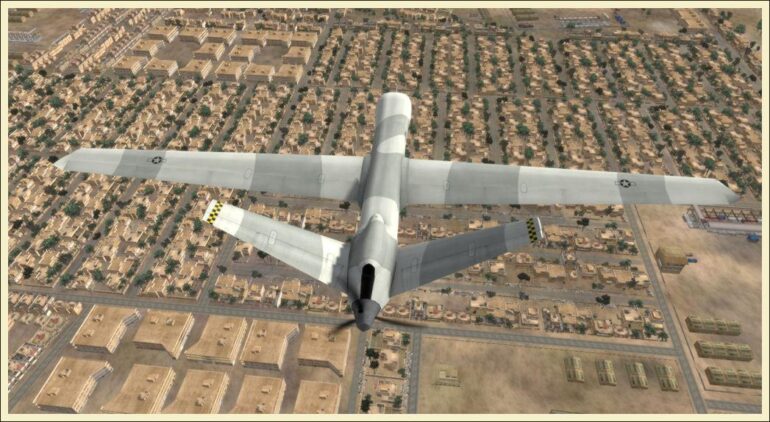TL;DR:
- Top air force officials are reevaluating traditional military leadership styles in light of AI’s integration.
- AI is transforming military operations, from speeding up tasks to aiding decision-making, but it also poses risks.
- Striking a balance between trusting AI and human oversight is crucial.
- Command-and-control networks must adapt to the accelerated pace of AI-driven warfare.
- Data management and sharing are key factors in modern conflicts.
- Some experts argue that AI may not always lead to streamlined command structures.
Main AI News:
In a rapidly evolving landscape where artificial intelligence (AI) permeates the defense sector, top air force officials convened at the Nov. 12 Dubai Air Chiefs Conference (DIACC) to contemplate the transformation of age-old military leadership paradigms. This year’s Dubai Air Show set the stage for an exploration of the profound shifts airmen should anticipate as AI becomes an integral part of their professional lives.
Brig. Gen. Azzan Ali A. Al Nuaimi, commander of the UAE’s air warfare and missile center, articulated the prevailing sentiment, stating, “Traditional leadership styles are now viewed as somewhat archaic and understandably so.” He continued, “A top-down approach or hierarchy-based decision making is no longer well-suited for an operational environment where information flows swiftly and dynamically.”
Around the world, armed forces are embracing AI’s potential in military operations, ranging from expediting routine analytical tasks that previously consumed days or weeks to devising innovative battlefield strategies based on extensive contextual data. However, the advent of sophisticated AI algorithms also introduces the risk of undesirable outcomes, particularly in sensitive areas like targeting and lethal decision-making. Consequently, leaders are grappling with the imperative of maintaining human oversight. “Striking a balance between trusting AI and human decision-making is paramount,” emphasized Al Nuaimi.
Air Vice Marshal Glen Braz, responsible for readiness in the Australian Air Force, highlighted the urgency of adapting command-and-control networks to the accelerating pace of future conflicts. “AI has accelerated the tempo of warfare,” he asserted, underlining the need to delegate decision-making in an environment marked by rapidity and intermittent connectivity.
Italian Air Force Chief of Staff Lt. Gen. Luca Goretti echoed Braz’s sentiments, drawing lessons from Russia’s invasion of Ukraine. “In today’s landscape, data management is the key to victory,” he declared. “The Ukraine conflict has underscored the critical importance of data sharing; withholding information is tantamount to defeat.“
While the prevailing consensus among senior officers favored streamlined chains of command to accommodate AI’s next generation, some experts offered a different perspective. Retired Australian Army Maj. Gen. Mick Ryan argued, “While there may be instances of compressing command structures due to the enhanced speed of AI-assisted decision-making, this won’t always be the case. At times, we may harness AI to deliberate and strategize more thoughtfully.”
As AI continues to shape the future of military operations, these deliberations at the DIACC reveal a complex interplay between technology and leadership, with profound implications for the armed forces worldwide. Business-minded strategies and adaptability will be paramount as the military navigates this transformative journey.
Conclusion:
The discussions among top air force officials highlight the pivotal role of adapting leadership styles and command structures to harness the potential of AI in modern military operations. This shift emphasizes the importance of agility, data management, and a delicate balance between AI and human decision-making. For the market, it signifies a growing demand for AI-driven solutions and expertise in defense, with an emphasis on data-centric strategies and adaptable leadership models.

